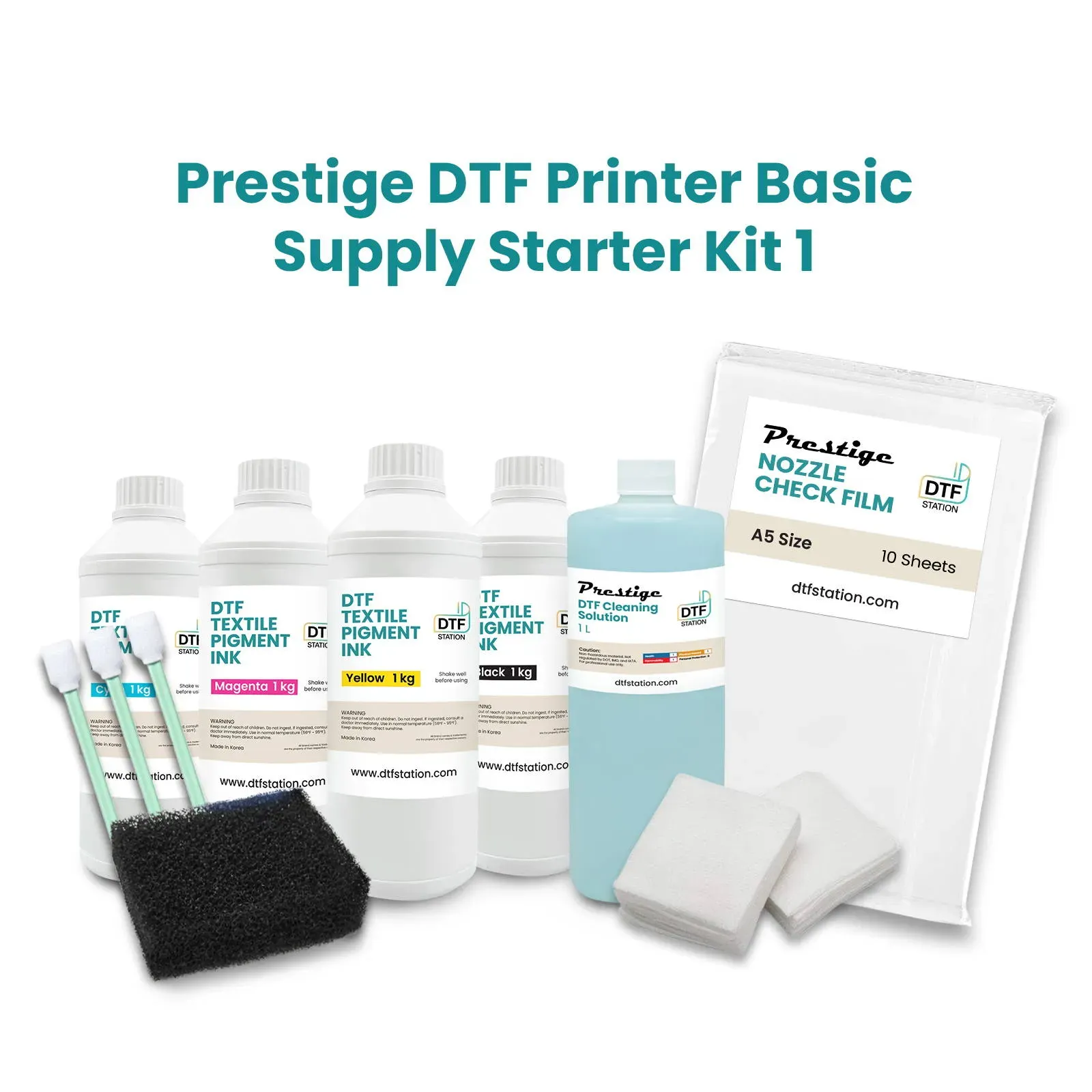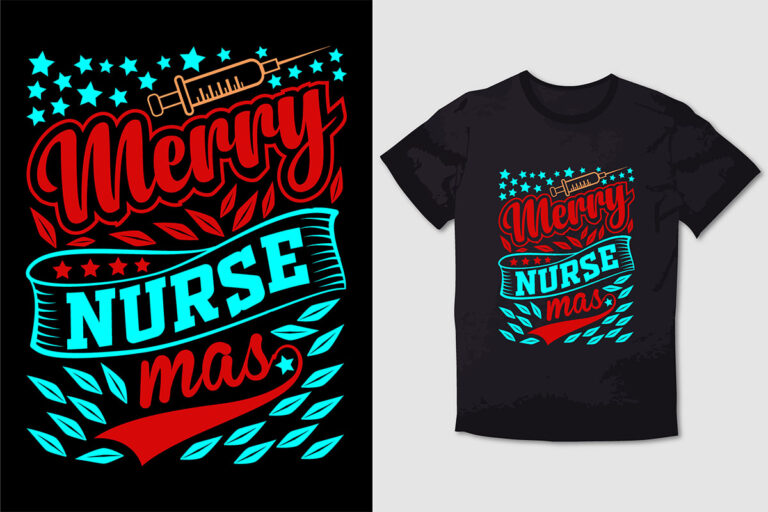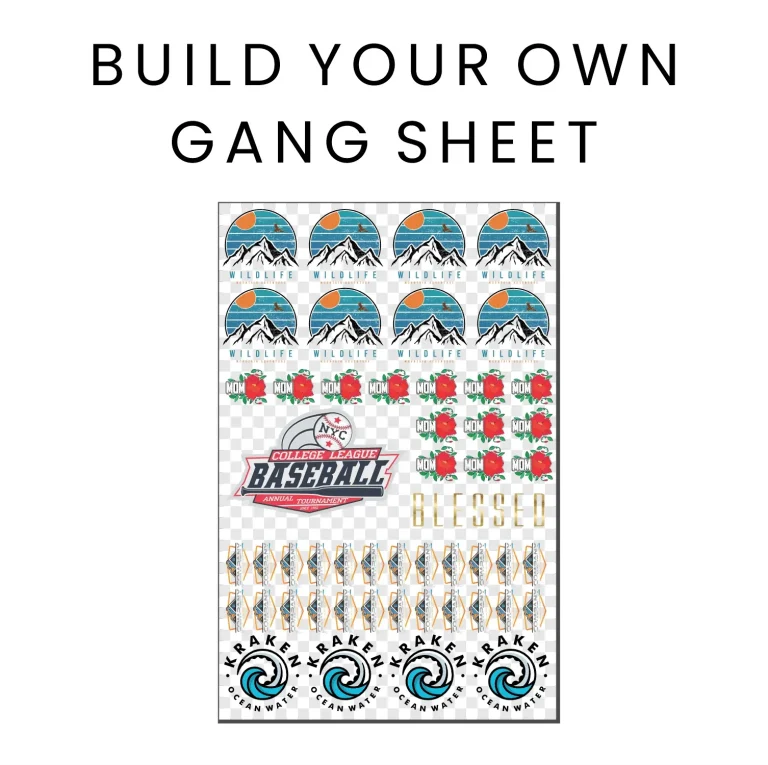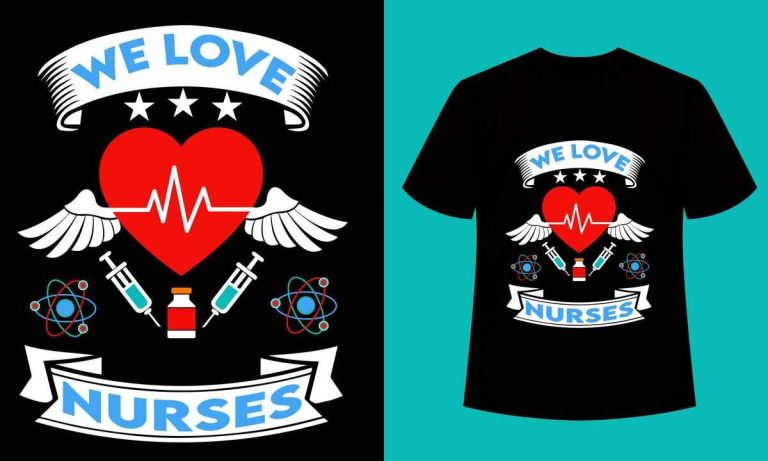DTF Supplies have revolutionized the world of fabric printing, making it easier than ever to create vibrant and durable designs. At the heart of this innovative process are key components like DTF printers, specially formulated DTF inks, and high-quality transfer films. Each of these supplies plays a critical role in ensuring that your prints not only look stunning but also withstand the test of time. Additionally, understanding the importance of hot melt powder can significantly enhance your printing outcomes. In this guide, we will delve into essential DTF printing tips to help you navigate this dynamic technology with ease.
In the realm of Direct-to-Film printing, various essential materials and supplies are crucial for achieving impressive results. The technologies behind DTF printing have paved the way for advanced methods in textile decoration, Combining specialized printers with high-performance inks and suitable transfer substrates is vital for flawless prints. Key components such as adhesive powders further contribute to the success of the application process. This comprehensive overview will explore how to best utilize these supplies and share practical tips to optimize your DTF printing endeavors.
Essential DTF Supplies for Successful Printing
To begin your journey in DTF printing, understanding essential supplies is crucial. First and foremost, DTF inks play a pivotal role in the quality of your prints. These specialized inks are designed for optimal adhesion on transfer films, ensuring that the vivid colors and intricate designs transfer seamlessly onto your fabric of choice. Choosing high-quality DTF inks not only enhances the visual appeal of your creations but also contributes to their long-term durability. Compatibility between the inks and your printer must be prioritized to avoid operational hiccups.
In addition to DTF inks, you have to consider transfer films, which are equally vital in the printing process. The market offers a variety of transfer films, each with unique characteristics tailored for different fabrics and uses. Selecting the right transfer film will ensure that your designs not just look good on the surface but also last through multiple washes without fading or peeling. It’s beneficial to experiment with various types of transfer films to determine which one delivers the best results for your specific printing needs.
Maximizing Results with DTF Inks
DTF inks are a cornerstone of the DTF printing process, and their selection can significantly influence your printing success. These inks are formulated to enable vibrant colors and excellent wash resistance when printed on transfer films. Opting for high-quality DTF inks means you can achieve crisp images that maintain their brilliance over time, thereby enhancing the overall quality of your projects. Moreover, different brands may offer varying properties, such as quick drying time or enhanced flexibility, so understanding your project requirements is essential.
When utilizing DTF inks, it’s also crucial to calibrate your printer settings accurately. Each type of DTF ink might require specific settings, including temperature and ink density, so refer to the manufacturer’s guidelines. Fine-tuning these variables can mean the difference between a mediocre print job and a stunning, professionally finished product. Regularly testing and adjusting your techniques will greatly enhance your skill and result in impressive outputs.
The Role of Transfer Films in DTF Printing
Transfer films serve as the medium that bridges your printed designs and the final textile product. Designed specifically to work with DTF inks, selecting compatible transfer films is vital to ensure successful prints. Quality transfer films can significantly improve transfer results, ensuring designs adhere effectively to various fabrics while maintaining their color integrity and sharpness. Whether you’re working with cotton, polyester, or blends, understanding the properties of different films allows you to make better-informed decisions tailored to your projects.
It’s advisable to keep experimenting with different transfer films to assess their performance with various fabrics and inks. Some films may perform better under high-temperature applications, while others might be more suited for delicate textiles. By testing various options, you can not only improve the quality of your prints but also streamline your processes for more efficient workflow.
Understanding Hot Melt Powder in DTF Processes
Hot melt powder is an integral supply in the DTF printing process, especially during the transfer phase. This powder acts as a bonding agent that facilitates the adherence of your printed design to the fabric when heat and pressure are applied. The quantity of hot melt powder used is critical; using the right amount will ensure strong adhesion without compromising the fabric’s softness or the design’s overall aesthetics. Learning the nuances of applying hot melt powder correctly will enhance the finish of your printed projects.
Additionally, regular experimentation with the application of hot melt powder can lead to improved outcomes. Take time to refine your application techniques and understand how different factors, such as transfer temperature and fabric type, play a role in the adhesion process. Consistent practice will yield better control over the printing results, ultimately resulting in high-quality finishes that meet professional standards.
DTF Printing Tips for Beginners
If you’re new to DTF printing, implementing effective tips and best practices can accelerate your learning curve and enhance your results. Start by familiarizing yourself with printer settings according to the specific type of DTF inks you intend to use, as misconfiguration can lead to issues such as improper ink deposit or smudged designs. Always refer to your printer’s manual and seek online resources to optimize your settings for the best print quality.
Moreover, taking the time to maintain your DTF printer is crucial for consistent performance. Regular cleaning of print heads and maintenance checks will help ensure that your printer operates smoothly and produces high-quality prints. As you gain experience, continually learn and document what works best for you, experimenting with different materials, designs, and processes to refine your printing strategy.
Staying Informed About DTF Supplies Market Trends
The DTF printing industry is rapidly evolving, with new supplies and innovations emerging constantly. To stay competitive, it’s essential to keep up with the latest trends and developments in DTF supplies. Engaging with online communities, participating in forums, and following expert blogs can provide valuable insights into new materials, techniques, and equipment that can enhance your printing capabilities. Networking with other DTF printing professionals also allows for the sharing of experiences and tips that can significantly expand your knowledge base.
Furthermore, attending workshops and trade shows focused on DTF printing can expose you to cutting-edge technologies and products. These events present opportunities to interact directly with suppliers, ask questions, and demo new products. Keeping your finger on the pulse of the DTF market is vital not only for gaining inspiration for your projects but also for making informed purchasing decisions that will benefit your endeavors.
Frequently Asked Questions
What are the essential DTF supplies needed for successful printing?
To ensure success in DTF printing, you need essential supplies such as DTF inks, transfer films, and hot melt powder. DTF inks provide vibrant colors and strong adhesion to transfer films. The right transfer films are crucial for proper design transfer, while hot melt powder enhances adherence to fabrics during the heat transfer process.
How do I choose the right DTF inks for my printer?
Choosing the right DTF inks is vital for achieving the best print quality. Make sure to select inks that are compatible with your specific DTF printer. High-quality DTF inks improve the vibrancy and durability of your designs, so always refer to your printer’s manufacturer guidelines for recommendations and ink specifications.
What role do transfer films play in DTF printing?
Transfer films are a fundamental component of the DTF printing process. They are designed to work specifically with DTF inks, ensuring that prints transfer smoothly onto fabrics. The compatibility of the transfer films with your DTF inks is essential for achieving clear and accurate designs, so experiment with different types to find the best match for your projects.
How important is hot melt powder in the DTF printing process?
Hot melt powder is critical during the transfer stage of DTF printing. It aids in adhering your printed design to the fabric when heat is applied. Using the right amount of hot melt powder will prevent issues like poor adherence or bulky transfer, ensuring a professional finish to your printed designs.
What tips can improve my DTF printing results?
To improve your DTF printing results, calibrate your printer settings to match the type of DTF inks you are using, and maintain regular upkeep of your DTF printer. Additionally, experimenting with different fabrics can yield better results and enhance your understanding of how various materials interact with DTF inks and transfer films.
How can I stay updated on the latest DTF supplies and techniques?
Staying informed about the latest DTF supplies and printing techniques involves engaging with specialized printing forums, reading industry blogs, and checking product reviews. This continuous learning will help you discover new tools, technologies, and supplies that can lead to improved results in your DTF printing projects.
| Key Component | Description |
|---|---|
| DTF Inks | Specially formulated inks that adhere to transfer films, creating crisp designs that transfer effectively onto fabrics. |
| Transfer Films | Vital for transferring designs; must be compatible with DTF inks for optimal results. |
| Hot Melt Powder | Helps designs adhere to fabrics during heat application; proper amount is critical for best results. |
Summary
DTF Supplies are essential for anyone looking to excel in Direct-to-Film printing, a modern technique that empowers creatives to produce vivid and high-quality textile designs. To achieve outstanding results, incorporating key elements such as high-performance DTF inks, suitable transfer films, and precise hot melt powder is crucial. As the DTF printing landscape continually evolves, staying informed about the latest developments and maintaining your equipment ensures profitable outcomes. By leveraging the right DTF supplies and adopting effective practices, you can fully realize your creative ambitions in this dynamic industry.




